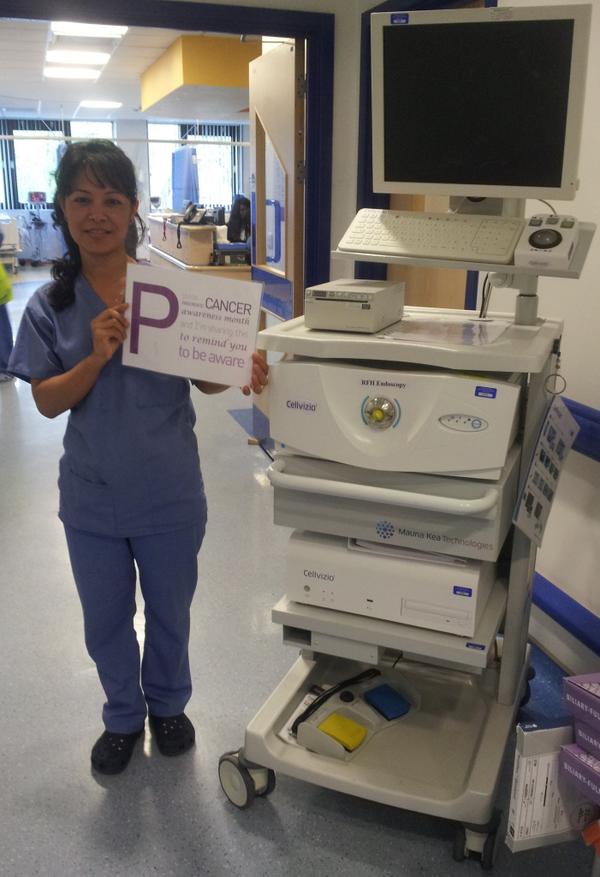-
Photo Credit: @ElementalHCare
Pancreatic cancer is often found late and spreads quickly. This makes it difficult to treat – it’s predicted to become the second leading cause of cancer-related death in the United States by 2030.i The American Cancer Society estimates about 46,000 people will be diagnosed with pancreatic cancer in the US in 2014.ii
Cancerous pancreatic cysts are hard to catch because they often don’t cause any early symptoms, but improvements in imaging technology are helping physicians find these cysts more frequently. We believe not knowing the nature of a pancreatic cyst may soon become a thing of the past. And improved awareness and better funding will only help physicians diagnose cancer faster.
This November, Mauna Kea Technologies is joining tens of thousands of people around the world in recognizing Pancreatic Cancer Awareness Month and the first ever World Pancreatic Cancer Day on November 13th.
International non-profit organizations including the Pancreatic Cancer Action Network in the US and Pancreatic Cancer Action in the UK are coming together to raise awareness, improve research funding, and provide support for individuals and families living with the disease.
Here are a few ways you can get involved and show your support this month:
- Wear purple!
Pancreatic Cancer Action Network has organized “Purple for a Purpose” for World Pancreatic Cancer Day. Celebrities, media influencers, on-air talent and other supporters will wear purple to raise awareness.
- Use social media!
Pancreatic Cancer Action is asking individuals to take and share a #purplepselfie on social media.
Pancreatic Cancer Action Network invites you to join the “Wage Hope” campaign this month by visiting www.facebook.com/jointhefight and following @PanCAN on Twitter. Actions include changing Facebook profiles and cover photos and sharing and retweeting content.
i Rahib, Lola. “Projecting Cancer Incidence and Deaths to 2030: The Unexpected Burden of Thyroid, Liver, and Pancreas Cancers in the United States.” Cancer Research. Published online May 19, 2014. http://cancerres.aacrjournals.org/content/early/2014/03/25/0008-5472.CAN-14-0155.full.pdf+html.
ii American Cancer Society. “What are the key statistics about pancreatic cancer?” June 11, 2014. http://www.cancer.org/cancer/pancreaticcancer/detailedguide/pancreatic-cancer-key-statistics.



